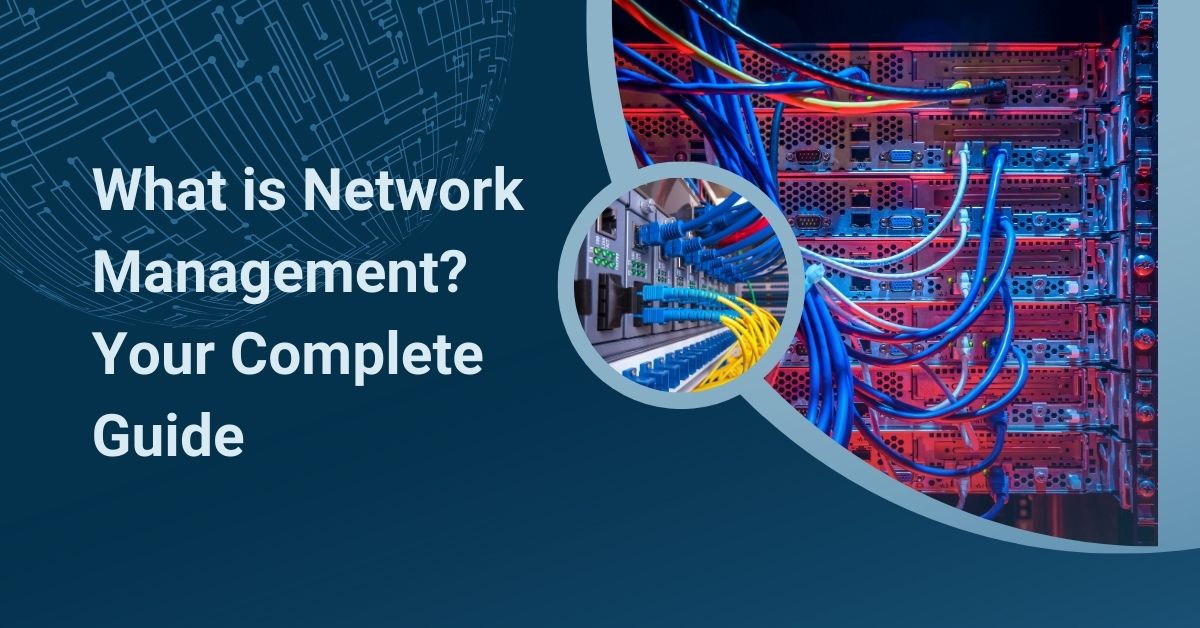In today’s rapidly advancing digital world, the efficiency, stability, and security of computer networks are paramount for any business or organization. Network management is a critical discipline designed to ensure that a network is consistently running at its optimal performance. This comprehensive guide will delve into what network management is, why it’s important, its components, and the tools used to facilitate effective network management.
What is Network Management?
Network management refers to the process of administering, managing, and operating a computer network, using various tools, devices, and software solutions. It encompasses a wide range of tasks aimed at ensuring that the network is robust, secure, and able to meet the current and future needs of the organization.
Why is Network Management Important?
Performance Optimization
Network management plays a pivotal role in ensuring that all network resources operate at their highest efficiency. Tools and processes in network management help monitor network traffic and manage the workload distribution, which prevents any single device or pathway from becoming overloaded. This optimization is crucial for preventing latency issues and bottlenecks, particularly in networks where resources are heavily shared among various operations.
Effective performance optimization ensures that applications receive the necessary bandwidth and resources to function optimally, providing end-users with a seamless and responsive experience. Techniques like load balancing, bandwidth management, and traffic shaping are commonly employed to achieve this.
Security
As network infrastructures become increasingly complex and integral to organizational operations, they also become prime targets for cyber threats. Network management includes proactive security measures such as monitoring, threat detection, and immediate response to potential security incidents. Tools like intrusion detection systems (IDS), intrusion prevention systems (IPS), and firewalls are managed to safeguard the network against unauthorized access and attacks.
Regular updates and patches are applied to eliminate vulnerabilities, and network traffic is continuously analyzed for signs of abnormal behavior that could indicate a security breach. By maintaining a robust security posture, network management helps protect sensitive data and maintains the integrity and availability of network services.
Troubleshooting and Problem Resolution
Despite best efforts in design and implementation, issues and anomalies in network operations are inevitable. Network management is vital for quickly identifying the root causes of such problems whether they are failed hardware components, software bugs, or configuration errors. Efficient troubleshooting and problem resolution capabilities minimize the downtime that can otherwise disrupt business operations and lead to significant financial losses.
Compliance and Quality of Service (QoS)
Many industries are governed by strict regulatory standards that dictate how data must be managed and protected. Network management ensures compliance with these regulations by implementing and enforcing security policies and data handling practices that meet legal and industry standards.
Network management is responsible for maintaining the Quality of Service (QoS), which refers to the performance characteristics of a network such as availability, bandwidth, latency, and error rates. QoS is crucial for prioritizing network traffic and guaranteeing that critical applications receive the necessary resources to function effectively, especially in networks that support a wide range of services and applications.
What Are the Different Types of Network Management?
Fault Management
This type focuses on detecting, isolating, and resolving network faults or abnormalities. It involves monitoring network devices and components for errors, failures, or performance degradation, and taking corrective actions to restore normal operation.
Configuration Management
Configuration management involves managing and controlling the configurations of network devices such as routers, switches, and firewalls. It includes tasks like configuration backups, version control, change management, and ensuring consistency across the network infrastructure.
Performance Management
Performance management aims to optimize the performance of network resources and services. It involves monitoring key performance indicators (KPIs) such as bandwidth utilization, latency, packet loss, and response times, and taking proactive measures to maintain or improve performance levels.
Security Management
Security management focuses on protecting the network infrastructure and data from unauthorized access, attacks, and breaches. It involves implementing security policies, access controls, encryption, authentication mechanisms, and security monitoring tools to detect and respond to security threats.
Accounting Management
Also known as billing or cost management, this type involves tracking and managing the usage of network resources by users or applications. It includes tasks like tracking usage statistics, generating usage reports, and enforcing usage policies to control costs and optimize resource utilization.
Conclusion
Network management is not just about keeping your business operational; it’s about enhancing performance, securing data, and ensuring that your network infrastructure can support your business goals effectively. In today’s fast-paced, data-driven world, neglecting network management can be detrimental, while embracing it can lead to unparalleled efficiency and growth.
Whether you’re a small business or a large enterprise, investing in robust network management practices is investing in your business’s future. If you’re in Dubai and nearby regions, check out network cabling services in Dubai. They can help your business move forward in the digital world with confidence and competitiveness.




